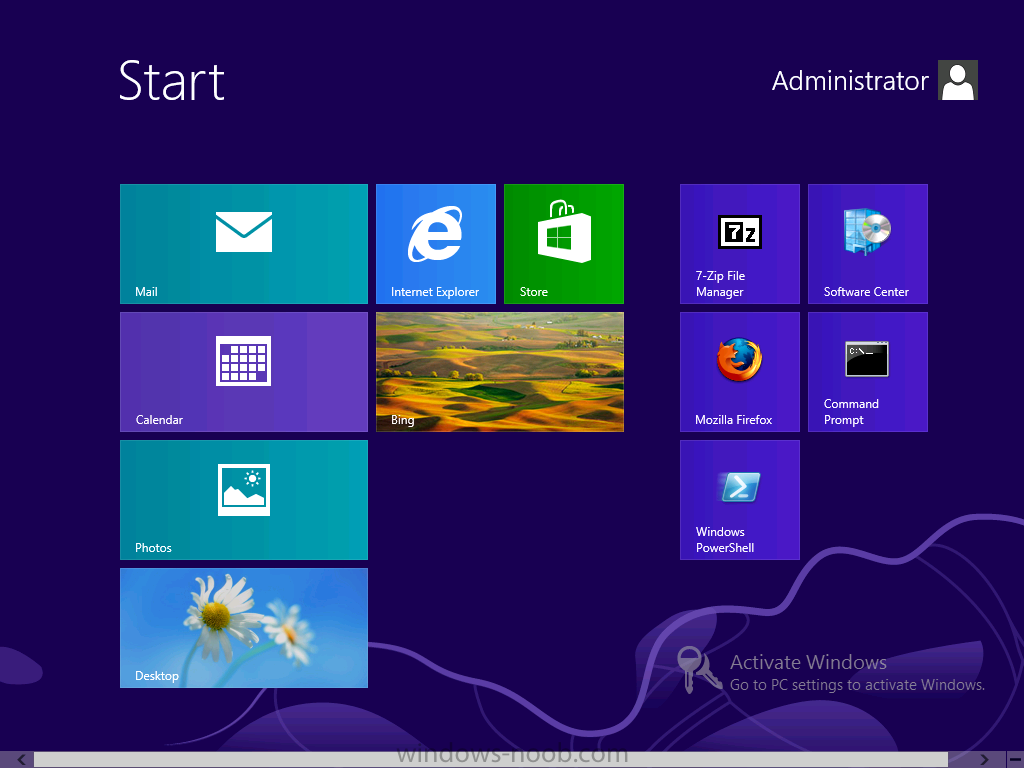

for users who often switch between keyboard layouts, but want the i3 bindings to stay the same.Īdd an exec command in ~/.config/i3/config file to execute a command at startup. Note that a keycode-based configuration is also possible, e.g. This can be done by just copying /etc/i3/config into ~/.config/i3/config (or ~/.i3/config), and editing that file. Therefore, users of alternate keyboard layouts who want straightforward key bindings, which match the bindings given in tutorials, may prefer to circumvent the "config wizard". The side-effect of this magic is that up to fifteen other keysyms may be remapped in ways which break the mnemonics - so that, for a Dvorak user, "restart" is bound to $mod1+p instead of $mod1+r, "split horizontally" is bound to $mod1+d instead of $mod1+h, and so on. Step 2 is designed to ensure that the four navigation shortcuts, j, k, l and on a Qwerty keyboard, will be mapped to keysyms which have the same location, e.g. it replaces all bindcode lines with bindsym lines corresponding to the user's current keyboard layout.It asks the user to choose a default modifier key, which it adds to the template as a single line, like set $mod Mod1 and.

It makes two modifications to the default template: This tool creates ~/.config/i3/config by rewriting a template configuration file in /etc/i3/config.keycodes. When i3 is first started, it offers to run the configuration wizard i3-config-wizard. The rest of this article assumes the i3 configuration file to be in the folder ~/.config/.Ĭonfiguration wizard and alternative keyboard layouts ~/.config/i3/config set $menu -no-startup-id qdbus /App display

When running Plasma with KDEWM=/usr/bin/i3, one can set KRunner as alternative application launcher with $mod+d by adding the following to the i3 config: It is possible to have i3 running alongside KDE Plasma as seen here: KDE#Use a different window manager KRunner as application launcher in KDE Plasma/i3 Rofi is a popular dmenu replacement and more that can list desktop entries. Alternatively, the package j4-dmenu-desktop-git AUR can be used. I3-wm contains i3-dmenu-desktop, a Perl wrapper for dmenu which uses desktop entries to create a list of all installed applications. As it is an optional dependency dmenu must first be installed before this functionality can be used. I3 uses dmenu as an application launcher, which is bound by default to $mod+d. See i3 Tree and Containers and the tree data structure for details. Containers are tiled by default, but can be set to tabbed or stacking layouts, as well as made floating (such as for dialog windows). This structure branches with horizontal or vertical splits.
#Start uxterm center of screen windows
I3 manages windows in a tree structure, with containers as building blocks. More information can be found in Keyboard shortcuts#Xorg. If switching between multiple window managers or desktop environments, consider using sxhkd or another environment agnostic program to manage bindings. Users of non-Qwerty keyboard layouts may wish to circumvent the "configuration wizard" as described below. See Keyboard bindings to add new shortcuts. See the i3 reference card and Using i3 for the defaults. Super is the key usually represented on a keyboard as a Windows icon, or on an Apple keyboard as a Command key. This is Alt (Mod1) by default, with Super (Mod4) being a popular alternative. In i3, commands are invoked with a modifier key, referred to as $mod. See the official documentation for more information, namely the i3 User's Guide. sktop enables logs (useful for debugging). I3-wm includes i3.desktop as Xsession which starts the window manager. Note: i3-gaps (a fork of i3 with gaps and other features) was recently merged into i3-wm, and as such is no longer available.


 0 kommentar(er)
0 kommentar(er)
